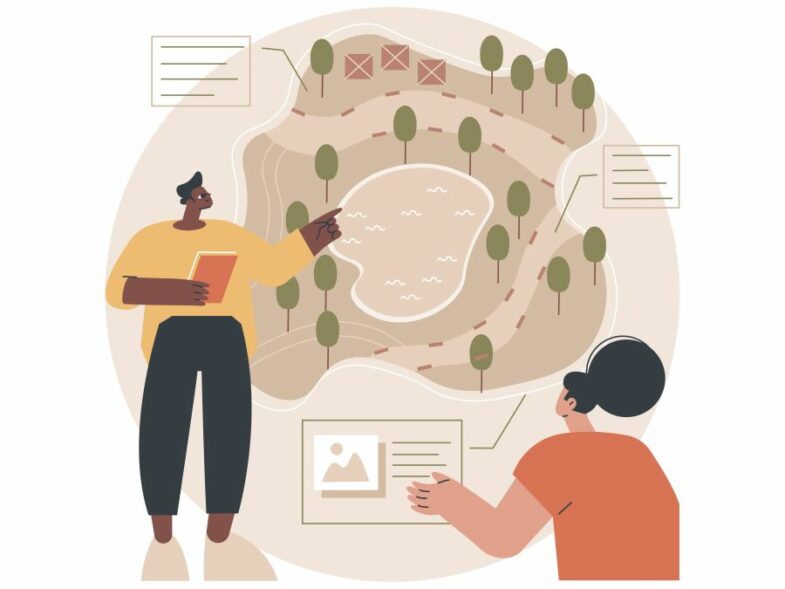This kind of easement on property sparks both interest and confusion among property owners and buyers. An easement is the right to use someone else’s land for a specific purpose and is usually nonpossessory. It is important to ensure good clarity between these legal agreements to avoid any issues while dealing with the property.
Types of Easements
The first question you should be asking yourself is “what is an easement on a property?” There are various types of property easements, and each one is for a different use. The most typical is an access easement—permission to pass through a certain space. Utility easements are for things like water, electricity, or gas to pass through a property. A conservation easement is a land-preserving agreement that typically seeks to protect habitats or natural assets for environmental purposes. Finally, there are private easements involving neighbors, which may allow for shared driveways or access roads. Recognizing these differences helps in understanding the possible effect on ownership of property.
Creation and Establishment
There are multiple ways of creating easements on the property. Written agreements among property owners usually lead to formal deals. This kind of documentation lets both parties know who will do what and what kind of rights they will enjoy. Others are created over time by the legal concept of prescriptive easements, where regular or open use of the land can lead to a legal right. Other easements are implied by necessity. For example, one property may become landlocked, requiring passage over another property. Expressed assent strategies facilitate the expression of property rights in contingent circumstances.
Benefits of Easements
Promoting property rights and easements provides important benefits for any stakeholder in the property. For example, utility easements allow the placement of important infrastructure that will ultimately improve access for the community. Most areas have communication lines and electric networks without excessive property acquisition. Due to their environmental glitter, wondrous customers praise conservation easements for preserving key ecosystems and habitats for wildlife. Access easements, on the other hand, create neighborly goodwill through shared common paths and driveways that can serve both homes. It is essential to gain an understanding of the benefits of easements to help developers and landowners form a lasting relationship.
Challenges and Concerns
Property easements have their benefits but can come with issues as well. For example, a query could develop whether land use or building activities could be restricted. Also, easements can be challenged if the easement was improperly worded or a party fails to act within their legal limits. In those situations, it becomes very important to establish clarity on the roles and responsibilities. In addition, not everyone will agree with an easement’s existence, leading to cold war conditions between neighbors. When property titles and agreements are scrupulously vetted, there will be less conflict about who owns what and less friction amongst residents of areas of potential conflict.
Resolving Easement Disputes
Dispute resolution calls for more than mere personalities. A candid discussion usually resolves issues because most property owners prefer working together on solutions. Sometimes, mediation leads to a neutral outcome, where third parties lead discussions. But if it goes unresolved, the only option will be taking legal paths, even to court. It also aligns with local regulations, which helps to treat the parties concerned fairly. That’s just it; getting professional opinions and exploring other possibilities is better for everyone.
Assessing Easements In A Property Transaction
Property buyers need to remain alert to easements in a transaction. Existing easements are discovered in the course of a title search, and their effect on property value can be assessed. This is also how easements directly relate to what you want to do with the property when considering local zoning laws and regulations. Good real estate agents know their stuff and guide buyers in making informed decisions. Working with experts ensures sound decisions and prevents unpleasant surprises later on.
Conclusion
Understanding property easements is a power move for property owners and buyers. Knowledge is power, so they say, and it is certainly no different in the realm of easements – whether that be from identifying the many different types of easement or understanding your legal rights and obligations as a consequence of the easement. Property stakeholders uphold peace by recognizing the advantages and being sturdy to challenges while protecting their investments. Understanding easements increases property value and neighborliness.









